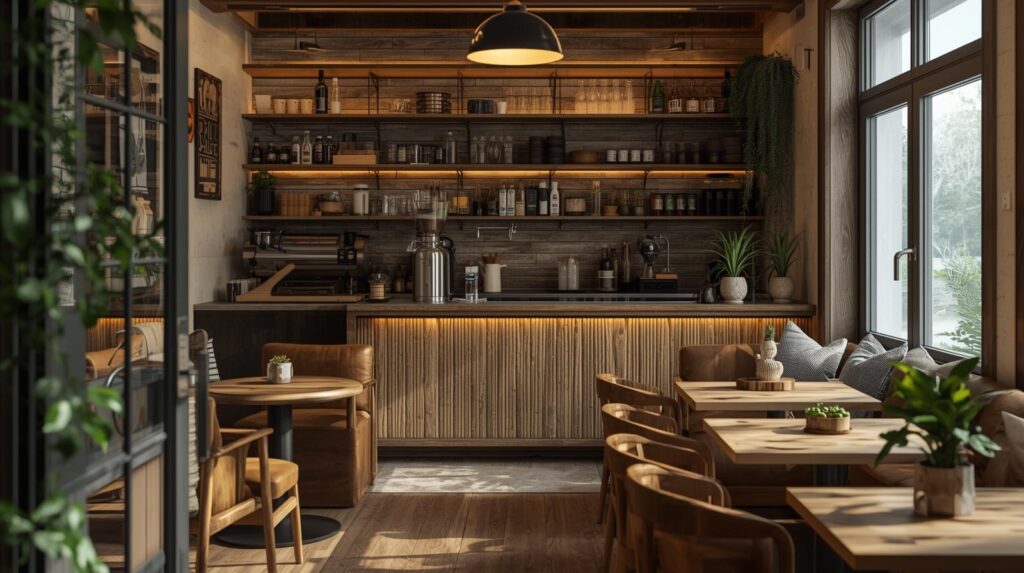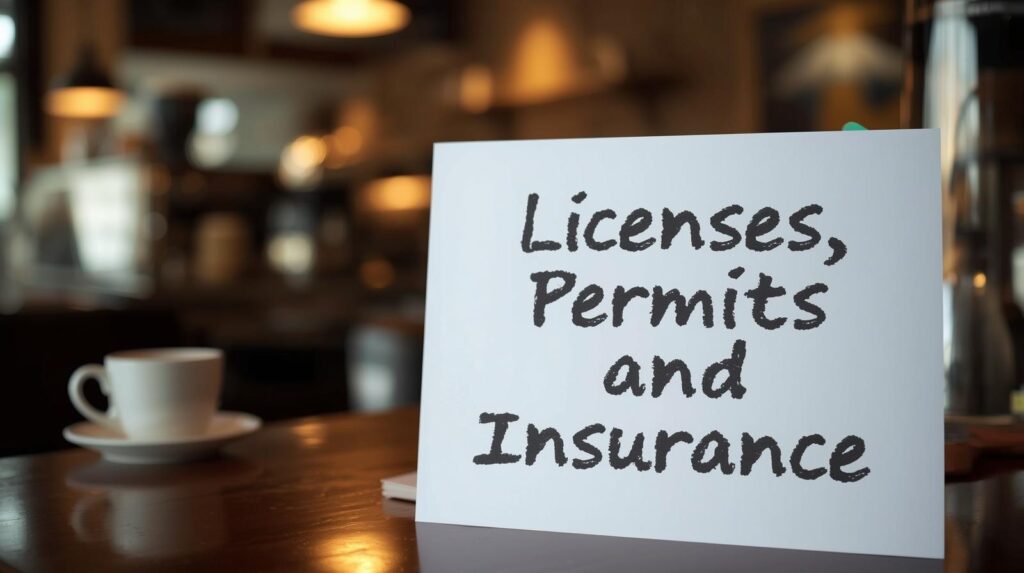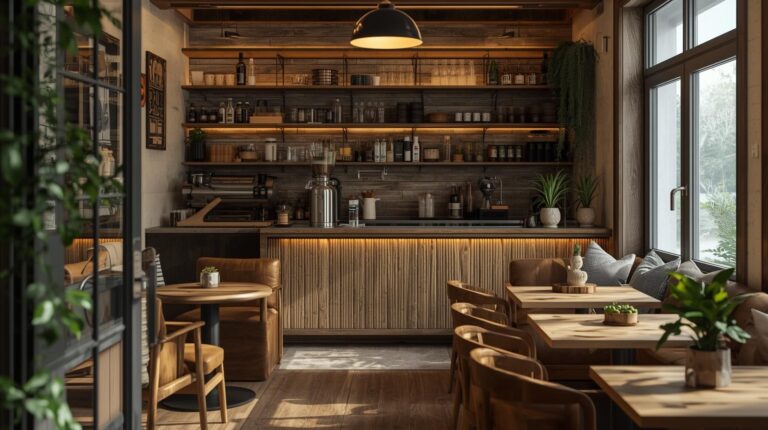Starting a coffee shop in your neighborhood can be the best entrepreneurial opportunity for anyone who is passionate about coffee, community, and business. Coffee shops have become ubiquitous hubs where people go to meet, work, and hang out. However, running a successful one requires careful planning, research, and execution. This guide will walk you through the key steps to start a local coffee shop from idea to grand opening.

Research and Know Your Market
First, research your local market before jumping in. Knowing your community’s coffee drinking habits, likes, and disposable income is key. Check out your local competitor coffee shops, take a look at their menus, clientele, and atmosphere. See what they do right and where there are opportunities in the market.
Ask yourself:
- Is there a need for a second coffee shop in this area?
- What type of customers frequent neighborhood cafés, students, employees, families, or tourists?
- When in the day does coffee sell best?
Question clients with questionnaires, interviews, and online surveys. You can find that customers are more interested in healthier food, greener operations, or specialty beverages. This will enable you to differentiate your store from the rest.
Choose a Suitable Concept and Brand Identity
Once you establish what market you’re going to serve, decide what kind of coffee shop you will have. Will it be a cozy café with baked goods and open Wi-Fi, or a sophisticated espresso bar with fast service? Perhaps you envision a rural setting with organic and local fare.
Your concept establishes everything from your menu to your ambiance. Choose a concise and coherent theme that reflects your values and will resonate with your clientele.
Second, consider branding. Create a name that is memorable and conveys the personality of your shop. Design a logo and color palette that communicate warmth, quality, and trust. A strong brand identity will set your coffee shop apart and connect with customers on an emotional level.
Prepare a solid business plan
You should have a good business plan that will fulfill your dream and sustain you. A business plan is a guide and also helps you obtain investors or bank loans. Your business plan should include:
- Executive Summary: Brief overview of your vision and mission.
- Market Analysis: Details of your customers and competitors.
- Menu and Offerings: A short description of what you’ll be offering, styles of coffee, teas, snacks, and specialties.
- Operations Plan: How you’ll day-to-day operate, staffing, and suppliers.
- Marketing Strategy: How you’ll acquire and retain customers.
- Financial Projections: Startup costs, operating costs, and anticipated profits.
A well-prepared and realistic business plan is proof that you’re serious about the venture and keeps you on course during the startup process.
Find the Perfect Location
Your coffee shop’s location can either make or destroy your business. Search for a location with high visibility, good traffic, and easy access. Best locations are downtown spots, office spaces, universities, or shopping areas.
Some factors to consider are:
- Rent expense vs. potential revenue
- Availability of parking
- Distance from competitors
- Size and space planning
Make sure the space fits your concept. A sit-down café, for instance, needs ample seating and a welcoming atmosphere, whereas a grab-and-go espresso bar would thrive in a tiny space near busy zones.
Specify Startup Costs and Sources of Funding
Starting a coffee shop involves huge money. Common costs are:
- Lease or property rent
- Interior design and remodeling
- Coffee equipment (espresso machines, grinders, brewers)
- Furniture and furnishings
- Licenses and permits
- Initial inventory (coffee beans, milk, sugar, cups, pastry)
- Signage and marketing
Dependent on the scale of your business, the cost can be as low as $25,000 or over $250,000. Try financing with personal savings, small business loans, or by joining forces with others. If possible, start small and grow as your company grows.
Licenses, Permits, and Insurance

Every coffee shop must comply with local legislation. Contact your city or municipality and inquire as to what licenses you must acquire. Most often required are:
- Business license
- Food service permit
- Health inspection certificate
- Sign permit
- Waste disposal and environmental compliance
In addition, insure your business so that it’s protected against fire, theft, or claims of liability damages. A licensed and insured business gives assurance to customers and protects you from future legal issues.
Source Quality Coffee and Ingredients
Your coffee is the lifeblood of your company, its quality ensures or destroys your reputation. Deal with quality coffee bean suppliers who offer high-quality, ethically sourced beans. Consider doing business with local roasters in order to develop community ties and gain transportation savings.
Along with coffee, choose quality ingredients for milk, syrups, and baked items. Offer vegan or lactose-free options to cater to a broader population. Freshness, consistency, and sustainability are always top priority.
Purchase Equipment and Design Your Space
Invest in professional-grade equipment that fits your menu and service style. You’ll typically need:
- Espresso machine
- Coffee grinder
- Drip coffee maker or French press
- Refrigeration units
- Blender (for smoothies or frappes)
- POS (Point of Sale) system
Your interior design should reflect your brand identity. Use comfortable seating, warm lighting, and inviting décor. Create a layout that allows smooth workflow for baristas and a pleasant experience for customers.
Small things, like art, music, and scent, can personalize and warm your café.
Hire and Train Your Staff
Your employees will be the public face of your coffee shop, so hire people who are not only skilled but also friendly and passionate about coffee. A typical team has baristas, cashiers, and sometimes kitchen crew.
Train them in:
- Preparing coffee and handling equipment
- Customer interaction and customer service
- Health and safety procedures
A welcoming and helpful staff can turn newcomers into return visitors.
Create a Marketing and Promotion Plan
In order to attract customers, you must have a solid marketing plan. Start by building an internet presence:
- Have a website with your menu, address, and phone number.
- Use social media sites like Facebook, Instagram, and TikTok to post photos, updates, and offers.
- Offer grand opening discounts, rewards for repeat customers, or “buy one, get one free” promotions.
You can also collaborate with local artists, musicians, or influencers to host neighborhood events. Word-of-mouth is likely the most powerful local marketing instrument, so make sure every customer leaves happy.
Quality and Customer Loyalty
Once your shop is open, consistency and customer experience matter most. Maintain your coffee quality, hear customer feedback, and adapt based on customer preferences.

Include a loyalty program to reward return customers and introduce seasonal drinks or promotions every so often to keep it fresh. Clean the space meticulously, welcoming, and always provide a warm welcome to customers, customers come back not just for coffee, but for the atmosphere.
Closing statement, Opening a coffee shop in your community is an endeavor that blends creativity, business sense, and community connectivity. With planning, sophistication, and love of coffee and people, your café can be the neighborhood treasure. From the perfect bean selection to building lasting relationships with customers, every step is taken to create a warm, inviting atmosphere that adds value to your community, one cup at a time.



